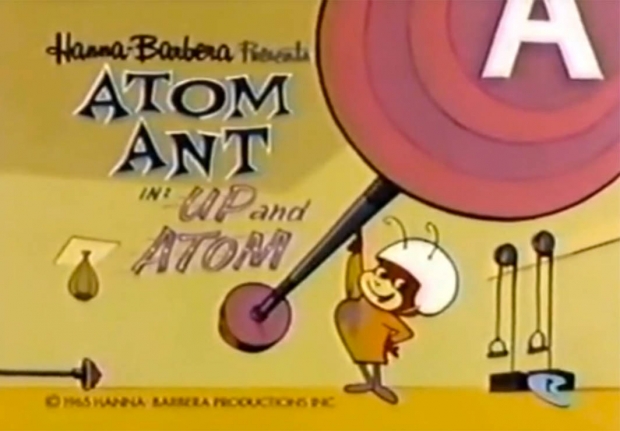That is enough to store most readers porn collections in just a couple of feet of data rather than the rooms it takes up now. Apparently you can stuff the entire contents of the US Library of Congress in a 0.1-mm wide cube -- we guess that does not include the toilets and the cafe..
The atomic hard drive was developed by Delft University's Sander Otte and his chums. It features a storage density that’s 500 times larger than state-of-the-art hard disk drives.
According to the latest issue of Nature Nanotechnology, which we get for the impossible spot the proton competition, the technology is not exactly commercial yet.
Otte and the team placed chlorine atoms on a copper surface, resulting in a perfect square grid. A hole appears on this grid whenever an atom is missing. Using a sharp needle of a scanning tunneling microscope, the researchers were able to probe the atoms one by one, and even drag individual atoms towards a hole.
When a chlorine atom is in the top position, and there’s a hole beneath it, it’s a 1. Reversed, the bit is a 0. and it becomes a hard drive.
Each chlorine atom is surrounded by other chlorine atoms, which helps keep them in place, except near the holes. This method makes it much more stable than methods that use loose atoms. Using this technique, the researchers were able to perform write, read-out, and re-write operations in a one-kilobyte device comprising 8,000 atomic bits. It is by far the largest atomic structure ever constructed by humans.
During the experiment, the researchers preserved the positions of more than 8,000 chlorine “vacancies,” or missing atoms, for more than 40 hours at 77 kelvin. After developing a binary alphabet based on the positions of the holes, the researchers stored various texts, including physicist Richard Feynman’s seminal lecture, There’s Plenty of Room at the Bottom, and Charles Darwin’s On the Origin of Species. This data was stored atom by atom, bit by bit, on the surface of the copper sheet. The ensuing write/re-write speed was relatively slow—on the scale of minutes—but the demonstration showed that it’s possible to reliably write, store, and read data at the atomic scale.
The system cannot function in an everyday environment. In its current form, the atomic hard drive can only operate in clean vacuum conditions and at liquid nitrogen temperatures, which is -346°F (-321°C). Most readers porn collections are far too hot for it to handle.




